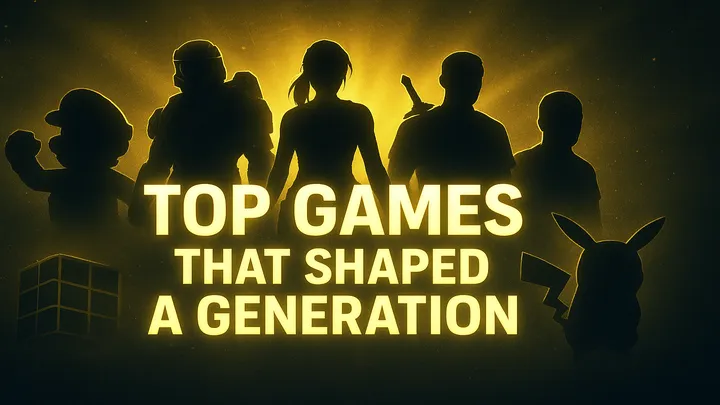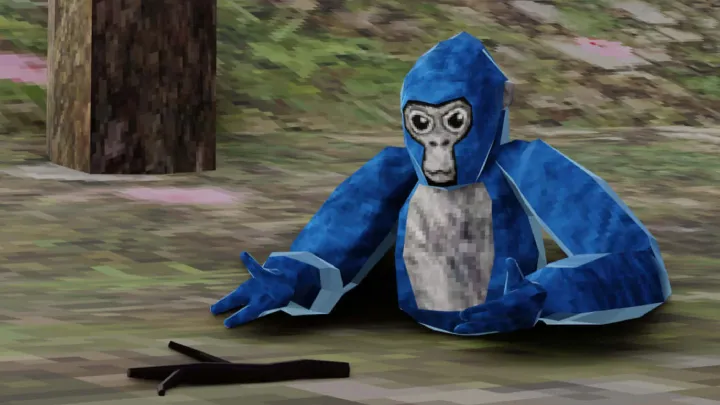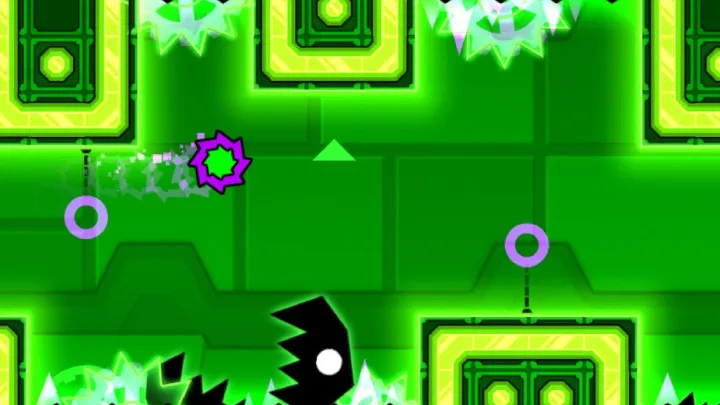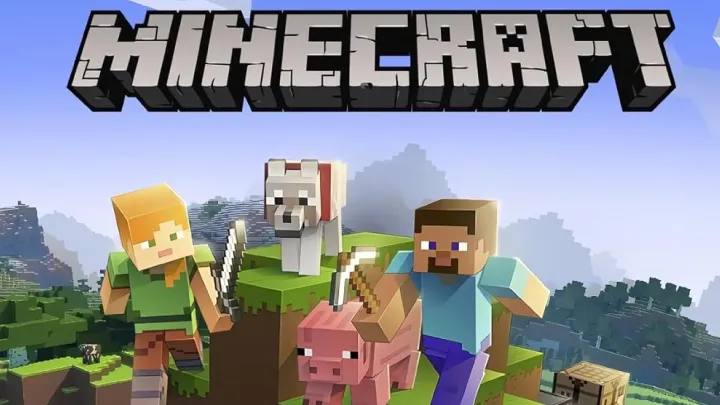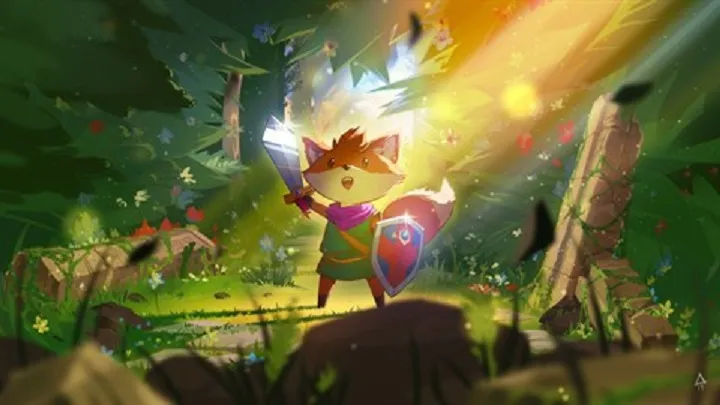My Talking Tom 2 builds on the foundations of its predecessor, but one of the most defining features of the game is its complex care mechanic. Unlike simple tap-to-feed pet apps, My Talking Tom 2 introduces layered systems that simulate responsibility, growth, and emotional connection. From feeding to health management and playful interaction, every aspect of caring for Tom shapes how players experience the game. This article explores the care mechanics of My Talking Tom 2 in depth, breaking them into stages of progression to understand how the system evolves. By the end, we’ll see how these mechanics create a lasting bond between player and pet.
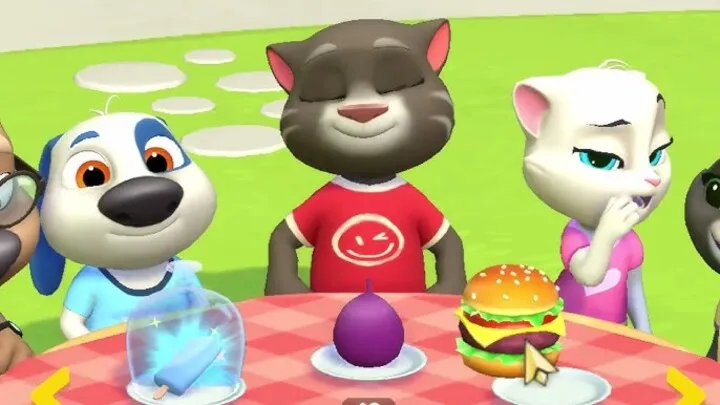
The Foundation of Care in My Talking Tom 2
When players first adopt Tom, they are introduced to the most basic responsibilities: feeding, cleaning, and resting. These tasks appear simple, but they form the backbone of the game’s progression.
The game subtly teaches players routine and consistency. Neglecting Tom’s basic needs results in visible changes—he becomes tired, hungry, or dirty, directly affecting his mood and responsiveness. This foundation creates the sense that Tom is more than a character; he’s a living companion.
Feeding Mechanics and Food Diversity
Feeding is one of the most interactive elements of care. Players drag food into Tom’s mouth, where his reactions vary based on what he eats. Healthy foods like fruits and vegetables keep him energized, while junk food causes funny but sometimes negative reactions.
Food diversity plays an important role in maintaining Tom’s energy levels. The wide variety of foods allows experimentation, but also teaches balance—overfeeding or feeding only sweets can upset Tom, reinforcing the importance of moderation.
Health and Healing Systems
One of the major advancements in My Talking Tom 2 is the introduction of health mechanics. Tom can occasionally fall ill, requiring players to use a first-aid kit stocked with interactive tools.

Each medical task is presented as a mini-game: using a thermometer, applying bandages, or removing splinters. These activities turn healthcare into a playful, educational experience, while also deepening the player’s sense of responsibility.
Hygiene and Cleanliness Routines
Hygiene is another critical care mechanic. Tom gets dirty after certain activities, requiring players to bathe him with soap, rinse with water, and dry him with a towel.
This process is not just cosmetic—it directly influences his mood. Cleanliness creates positive interactions and ensures Tom stays active and happy, teaching players the importance of daily upkeep.
Rest and Energy Management
Rest is essential to Tom’s well-being. Players must guide him to bed when his energy bar drops, encouraging time management within the game.
Interestingly, resting introduces a natural break in gameplay, preventing constant activity and encouraging players to return later. This mechanic reinforces the cycle of care and patience, simulating real-life pet care.
Play as a Form of Care
Care in My Talking Tom 2 extends beyond survival needs—it includes emotional well-being. Playing mini-games, bouncing Tom on a swing, or interacting with his toys helps boost happiness.

These playful moments prevent the game from feeling like a chore. They remind players that care also means bonding, creating a more personal connection between player and pet.
Growth and Progression Through Care
Every act of care contributes to Tom’s growth. Over time, players see him evolve, unlocking new outfits, toys, and environments. Progression acts as both a reward and a motivation to continue caring.
This growth mechanic transforms Tom from a dependent kitten into a more expressive character, reflecting the player’s effort and consistency in care routines.
Mini-Games That Reinforce Care Systems
My Talking Tom 2 integrates mini-games that tie directly into care. Whether it’s flying with Tom or helping him bounce on trampolines, these mini-games double as entertainment and bonding exercises.
The rewards earned from mini-games often circle back into care, providing coins for food, medicine, and accessories. This interconnected system ensures that every activity reinforces the central care loop.
Emotional Feedback and Player Bonding
Tom’s reactions form the emotional core of the game. His laughter, frowns, and quirky expressions give instant feedback, making care feel rewarding.
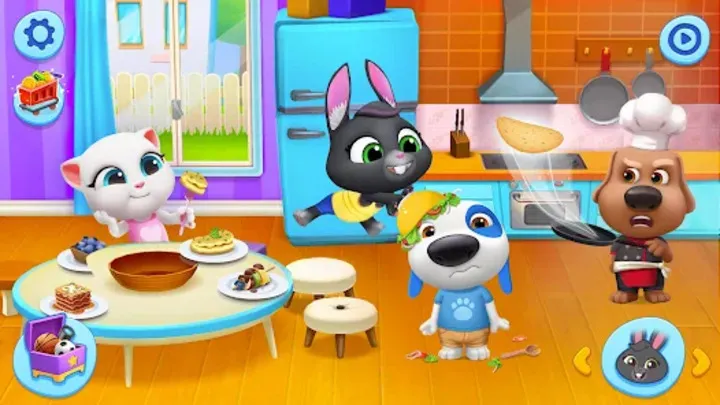
This feedback loop fosters empathy. Players are encouraged to continue caring not just for progression, but because they feel attached to Tom’s well-being. This emotional connection elevates the experience from a simple game into companionship.
Long-Term Engagement Through Routine Care
The true genius of My Talking Tom 2’s care mechanics lies in its ability to keep players returning. Daily tasks like feeding, cleaning, and playing create habitual engagement.
Over time, these routines feel natural—much like real-life pet ownership. By designing care as an evolving system, the game sustains long-term interest without feeling repetitive, making Tom an enduring part of the player’s daily life.
Conclusion
The care mechanics in My Talking Tom 2 represent a thoughtful evolution in virtual pet design. From feeding and health systems to emotional bonding and long-term growth, every mechanic pushes players toward empathy and responsibility. What begins as simple drag-and-drop interactions transforms into a layered system of companionship, where Tom feels alive and dependent on consistent care. This depth is what makes My Talking Tom 2 more than a casual game—it’s a digital pet experience that mirrors the joys and challenges of real-world responsibility.








